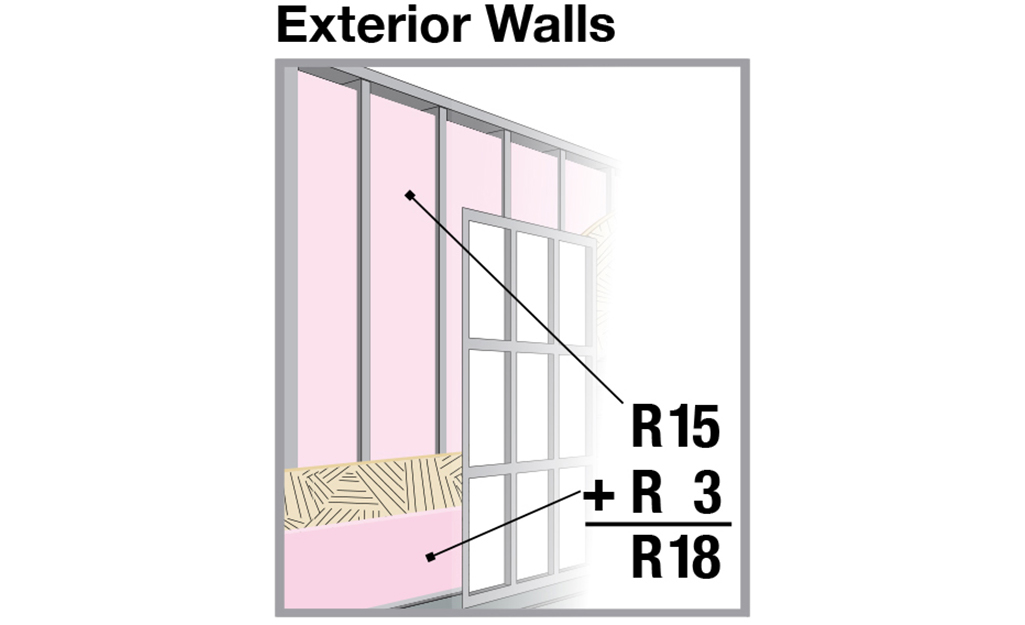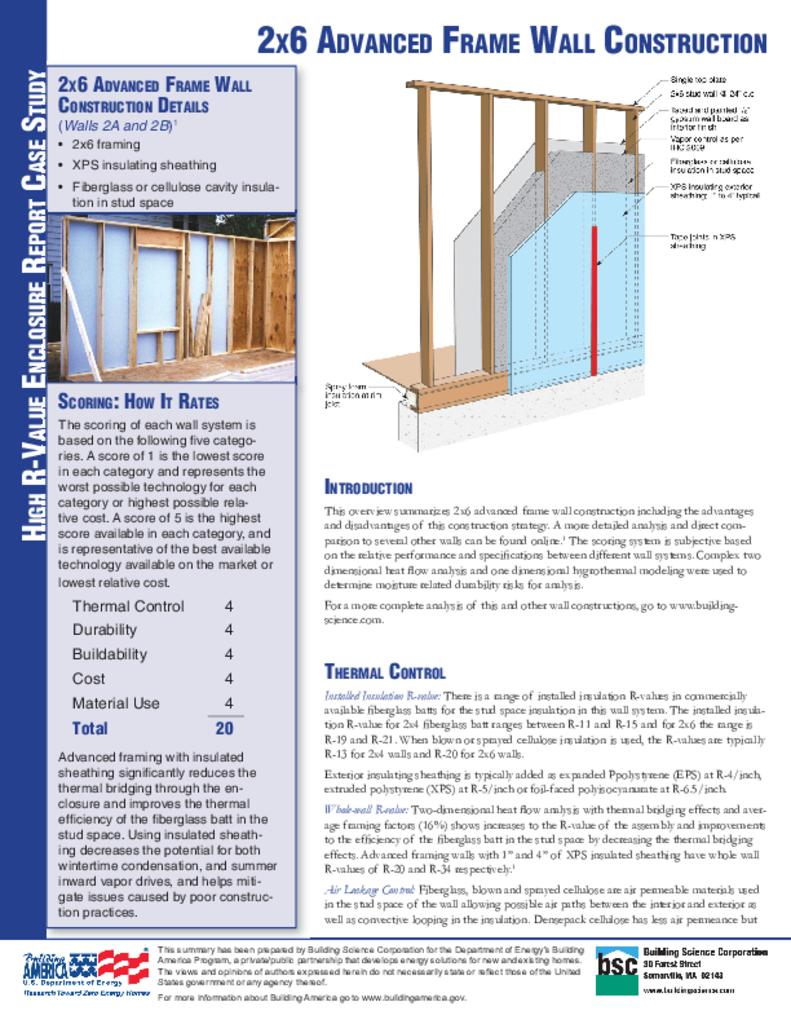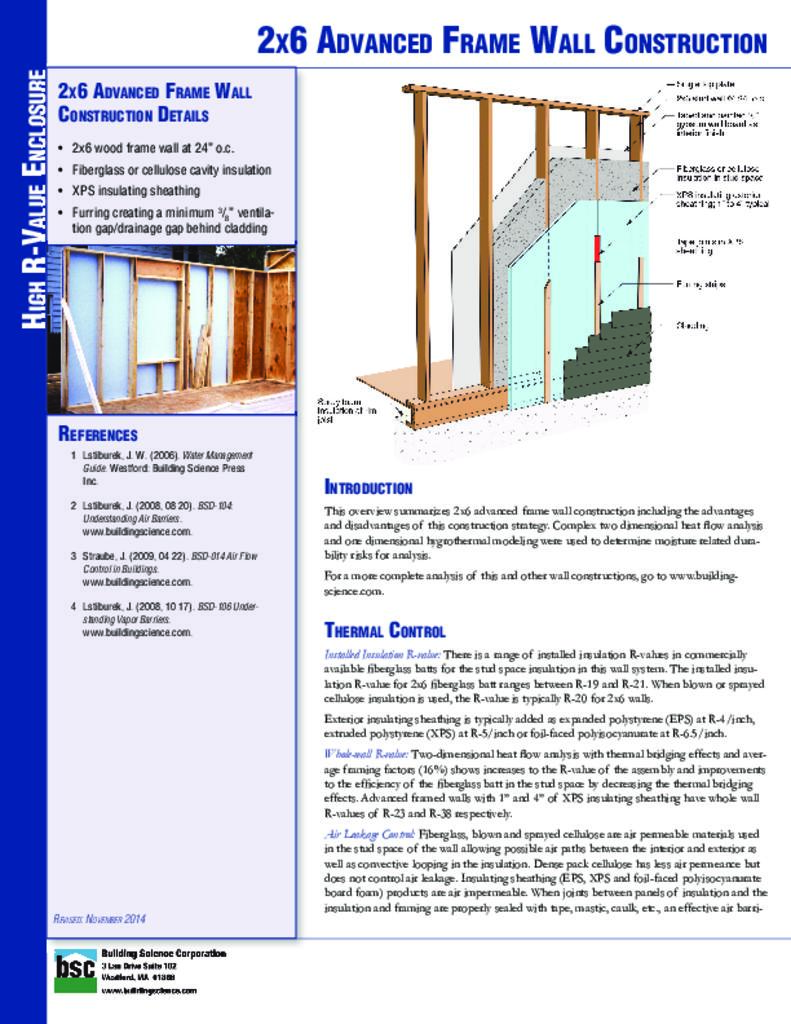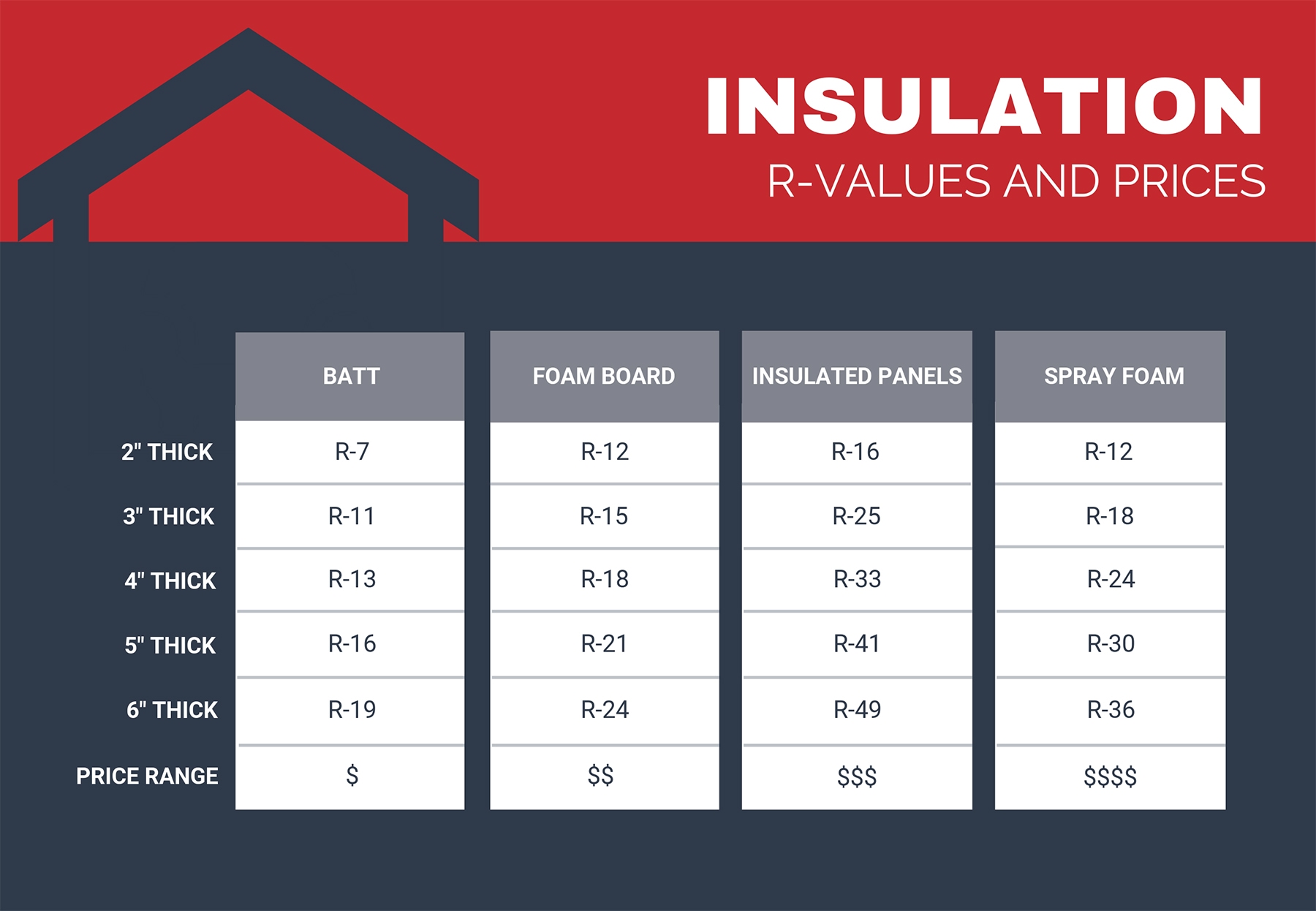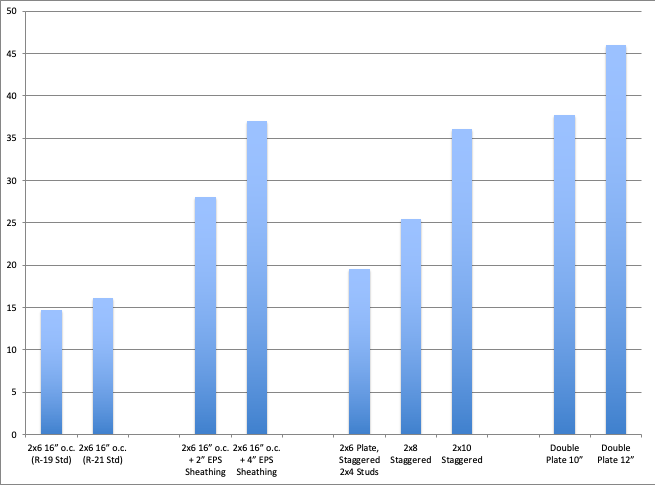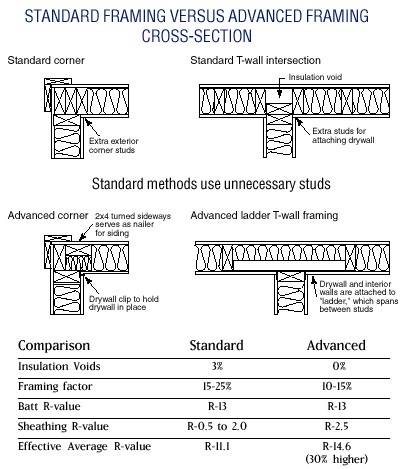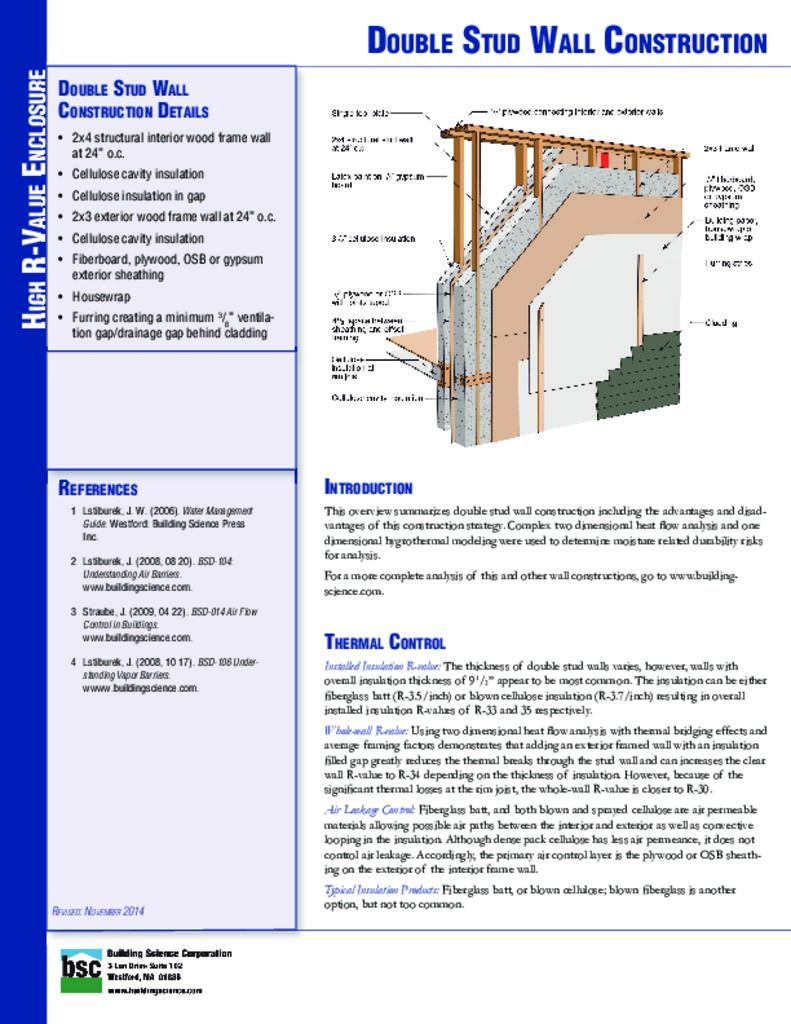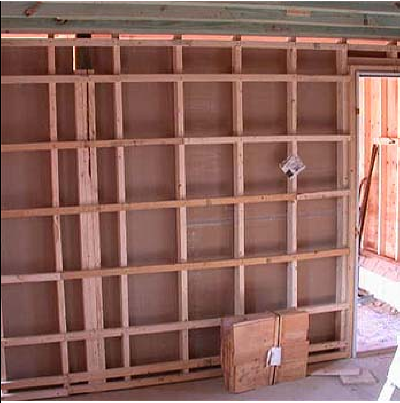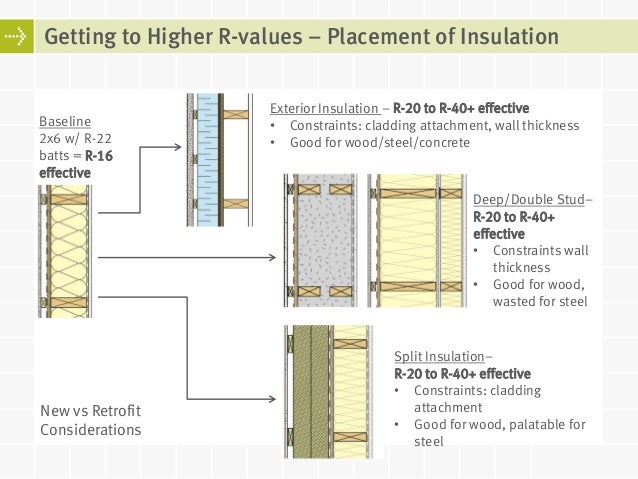Highest R Rating Wall Insulation
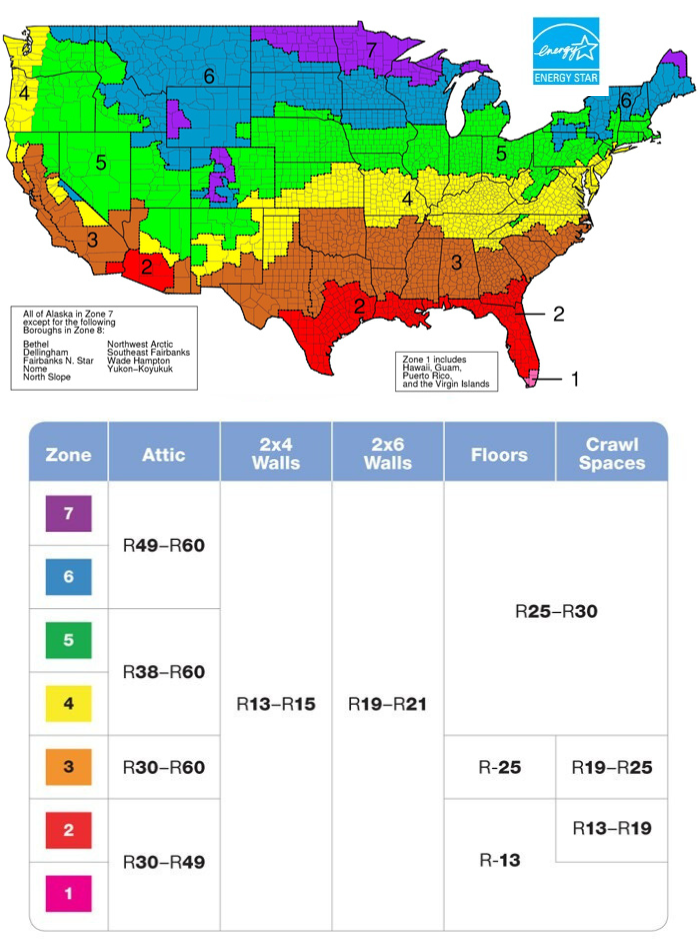
Fiberglass vats are the standard insulator for 2 inch by 4 inch wall framing and are rated r 11 through r 15.
Highest r rating wall insulation. The higher the r value the better the thermal performance of the insulation. Recommended home insulation r values. While there are additional considerations such as venting and moisture problems to take into account when you insulate under floors the united states department of energy recommends an r 25 rating in cold climates and an r 11 in warmer parts of the country. For every type and material of insulation check the r value per inch of thickness that the manufacturer has listed.
For example a wall with 3 fiberglass batting r value of 10 8 11 9 may have an overall r value of nearly 14 because of siding sheathing and drywall. R value is the temperature difference per unit of heat flux needed to sustain one unit of heat flux between the warmer surface and colder surface of a barrier under steady state. While rated differently these two types of insulation are close enough in thickness that they can both fit into modern two by four wall systems. Along with knowing the r value of a particular insulation it is also important to calculate the r value of a total system.
What is the best r rating for insulation. In the context of building and construction the r value is a measure of how well a two dimensional barrier such as a layer of insulation a window or a complete wall or ceiling resists the conductive flow of heat. Again when choosing insulation the r value that you need depends on where you live and what part of your home you need to insulate attics need insulation with a much higher r value than walls. See the department of energy s doe ranges for recommended levels of insulation below.
R value is a measure of insulation s ability to resist heat traveling through it. You only need four inches of r 3 5 cellulose in a wall cavity to exceed the recommended insulation level of r 13 for walls located in zone 4. Available in batts blankets rolls and loose fill fiberglass is the most ubiquitous insulation material in use today. Typical recommendations for exterior walls are r 13 to r 23 while r 30 r 38 and r 49 are common for ceilings and attic spaces.
However it offers relatively low r values spanning r 3 1 to r 4 3 per. Insulation level are specified by r value. A higher insulation r value usually means a higher price point as well. Floors and crawl spaces need a lower r value than attics but they still require a higher value than walls.
The table below shows what levels of insulation are cost effective for different climates and. In order to achieve the higher insulation r value of r 21 a different type of.








